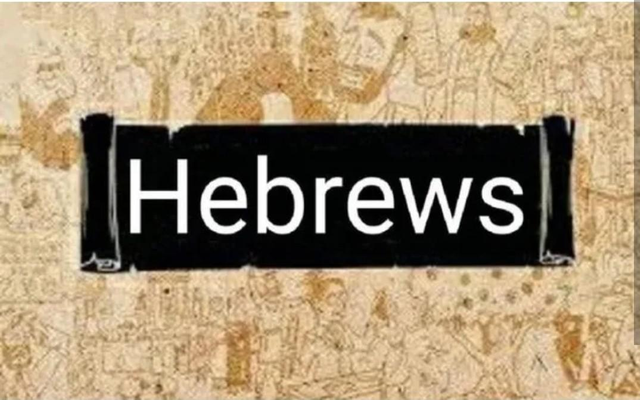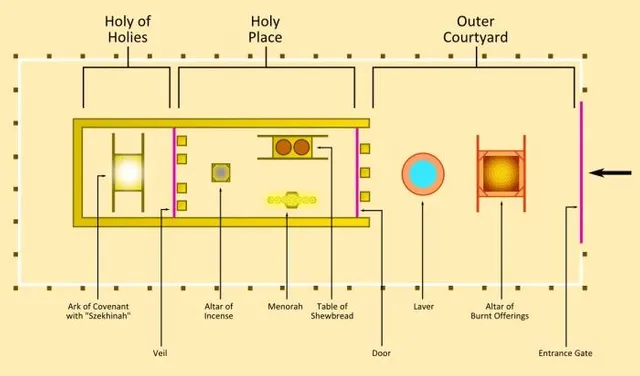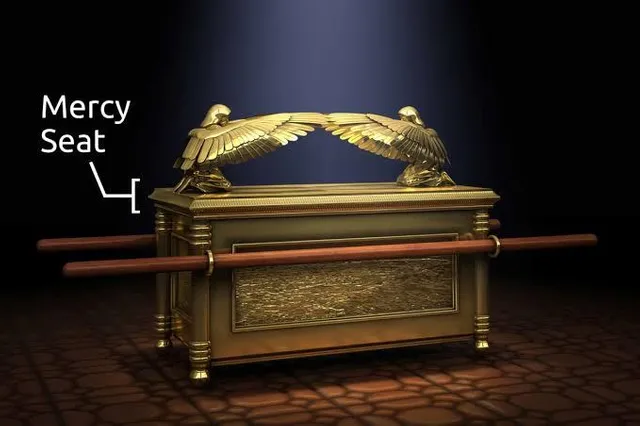
The Old Covenant’s Tabernacle and its Furnishings Described
2 For a tabernacle was prepared: the first part, in which was the lampstand, the table, and the showbread, which is called the sanctuary; 3 and behind the second veil, the part of the tabernacle which is called the Holiest of All, 4 which had the golden censer and the ark of the covenant overlaid on all sides with gold, (Hebrews 9:2-4)

(Inside the Ark) in which were the golden pot that had the manna, Aaron’s rod that budded, and the tablets of the covenant (Hebrews 9:4)
The Manna:
The manna reminded them of God's faithful provision and their own ungratefulness and disobedience when they complained and grumbled about the food. Interestingly, the Hebrew word for manna literally means "what is it?" as the Israelites had never seen anything like it before.
Aaron’s Rod:
Aaron's rod was a symbol of God's chosen priestly line through Aaron, but it also reminded Israel of their rebellion against God's authority when some of the people challenged Aaron's leadership, and God demonstrated His power by causing Aaron's rod to bud and bear fruit. This miracle affirmed Aaron's rightful position as high priest and warned the Israelites of the dangers of rebellion and disobedience.
The Tablets of the Covenant:
The tablets of the covenant, also known as the Ten Commandments, were a written record of God's covenant with Israel and a reminder of their obligation to obey his laws. However, they also served as a sobering reminder of Israel's frequent failures and violations of the covenant.
and above it were the cherubim of glory overshadowing the mercy seat. Of these things we cannot now speak in detail (Hebrews 9:5)
The Mercy Seat:
The mercy seat refers to the lid of the Ark of the Covenant, and it held a significant place in ancient Israel. The mercy seat was special because it was the place God’s glory appeared when He wanted to communicate with the people of Israel. Also, the blood of the sacrifice was sprinkled upon it for the forgiveness of Israel’s sin on the Day of Atonement (Exodus 25:17-22).

It was God's symbolic throne on earth, revealing His merciful nature as the Father who forgives those who seek His mercy. (2 Corinthians 1:3). The phrase "mercy seat" is mentioned only once in the New Testament, in Hebrews 9:5.
Join our WhatsApp Channel


 504
504







